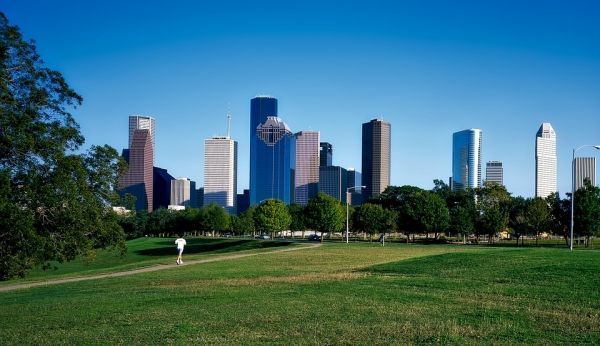Simple, inexpensive urban design interventions can increase well-being and social connections among city residents, finds a new case study from the Urban Realities Lab at the University of Waterloo.
Researchers found that green spaces and colourful, community-driven urban design elements were associated with higher levels of happiness, greater trust of strangers, and greater environmental stewardship than locations without those amenities.
“The urban design interventions we studied are relatively simple and low-cost, but show great potential to improve individuals’ emotional and social lives,” says Hanna Negami, lead author and PhD candidate in cognitive neuroscience. “Something as simple as adding greenery to a concrete lane or painting a rainbow crosswalk could help to enrich urban public spaces.”
For the study, participants were taken on walking tours of Vancouver’s West End neighbourhood and asked to complete a questionnaire via a smartphone application at six stops, including a pair of laneways (one green, one concrete), crosswalks (one painted rainbow, one standard zebra), and a pair of greenspaces (one wild community garden and one manicured greenspace).
Read more at University of Waterloo
Photo credit: 12019 via Pixabay


